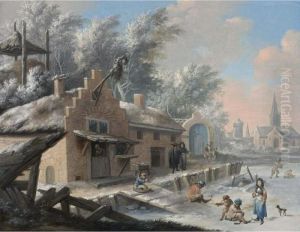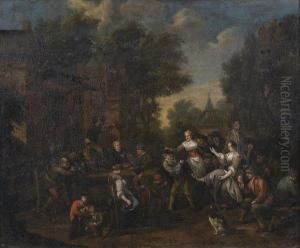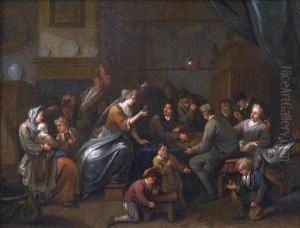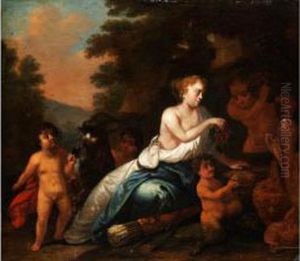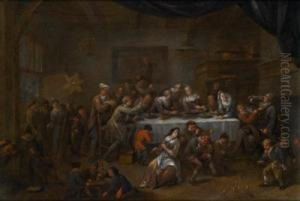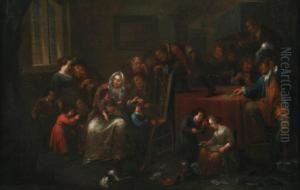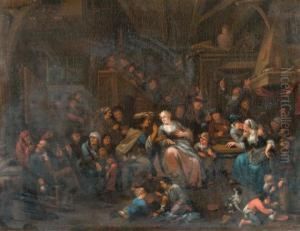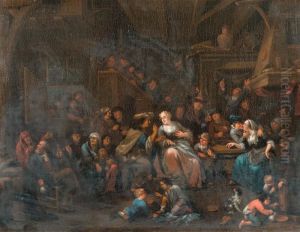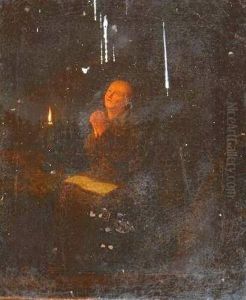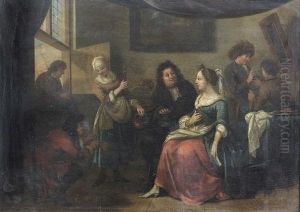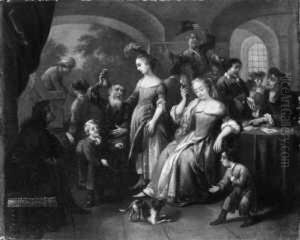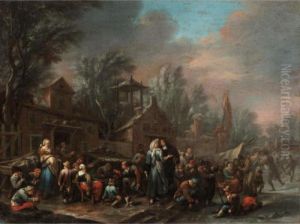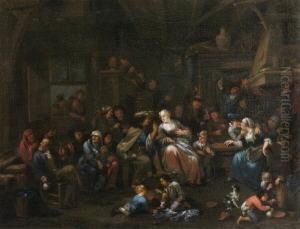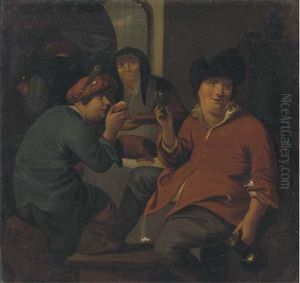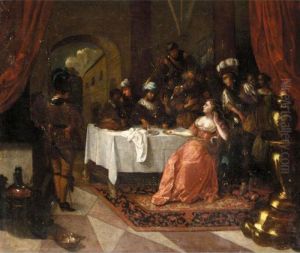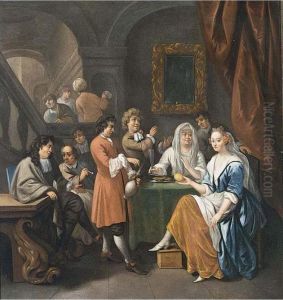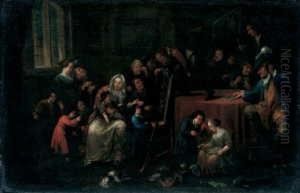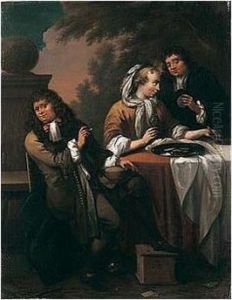Bernardus Van Schendel Paintings
Bernardus Johannes Blommers was a Dutch painter who was born on January 30, 1845, in The Hague. He is often confused with Petrus van Schendel, another Dutch artist, who was known for his market scene paintings and use of candlelight. Blommers began his artistic journey studying at the Royal Academy of Art in The Hague under the tutelage of Johan Hendrik Weissenbruch and Jozef Israëls, two of the most prominent figures of the Hague School.
His early works were primarily focused on the daily lives of fishermen and their families, a theme that resonated with the Realist movement of the time, capturing the hardships and simple beauty of their existence. Blommers' ability to portray the textures of materials and the play of light and shadow in his paintings was remarkable and earned him considerable recognition.
As his career progressed, Blommers' style evolved, showing influence from the Impressionist movement. He started to use a lighter palette and looser brushwork, which allowed him to capture the fleeting moments of everyday life with a newfound vibrancy and immediacy. His later works are characterized by their cheerful scenes, often featuring children playing or families enjoying moments of leisure.
Bernardus Johannes Blommers was not only successful in the Netherlands but also gained fame abroad. He exhibited his work in various European countries and the United States, receiving numerous awards and medals. His paintings appealed to a wide audience because of their warmth, humanity, and the artist's technical skill.
Blommers passed away on December 12, 1914, in The Hague. His legacy lives on through his contributions to Dutch art, particularly within the genre of genre painting, where he captured the essence of 19th-century Dutch rural life. His works continue to be admired for their emotional depth and technical proficiency, and they can be found in museums and private collections around the world.
